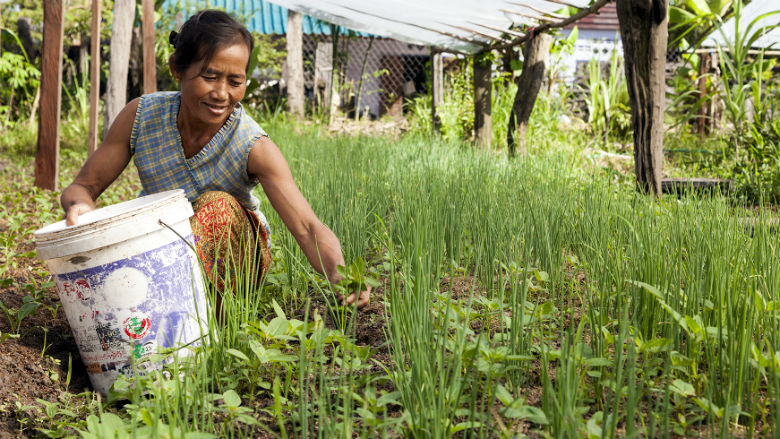Key Findings
In Lao PDR, characteristics that make people poor are not uniform, making it difficult to form a uniform package of policy measures for all the poor. Instead, they should be tailor-made to address specific constraints for each group of the poor. The four distinct groups of poor or near-poor people in Lao PDR are:
- Group 1: Households mainly involved in low-productivity farming in remote areas with low levels of education and poor connectivity.
- Policy recommendation: Increase infrastructure investments and more effective delivery of social services tailored to very remote rural areas, especially to raise education levels.
- Group 2: Households with low agricultural productivity and low-moderate education. While they have more land, they are poor because of low margins in agriculture and are unable to transition to non-farm employment.
- Policy recommendation: Make agriculture more profitable such as through value-chain integration and lowered marketing costs, and improve farmers’ education levels.
- Group 3: Households mainly working in low-productivity non-farm jobs in the informal sector, usually in more urbanized areas, with moderate education.
- Policy recommendation: Create better jobs in manufacturing and services sectors
- Group 4: Households with recent exposure to a health shocks and lack health insurance making them vulnerable in the absence of a social safety net.
- Policy recommendation: Improve health insurance for households in rural and informal sectors to reduce the vulnerability of this group
Some policies would be beneficial to all groups of poor or near-poor:
- Strengthening of social safety nets to protect them from shocks (economic, climate, health)
- Implementing policies to improve the business environment to stimulate the creation of better jobs

